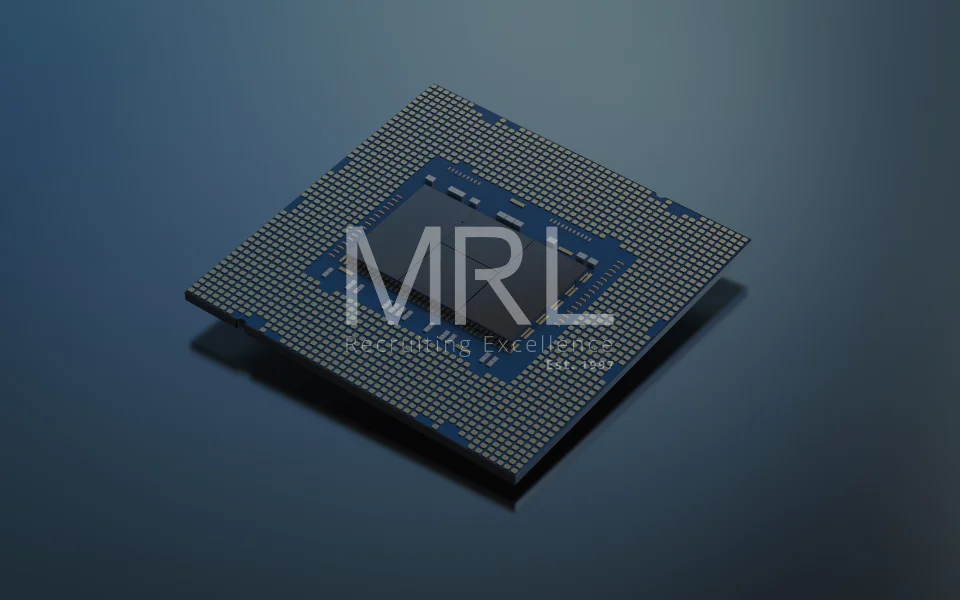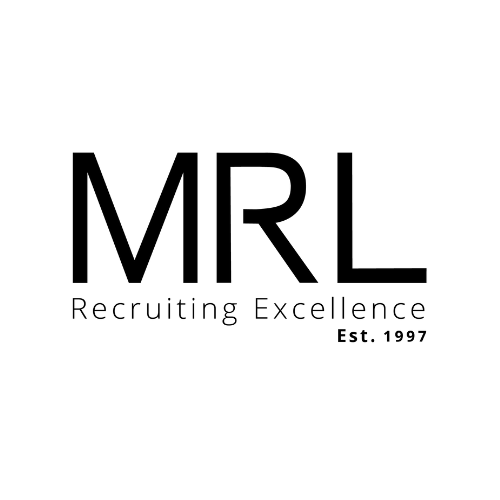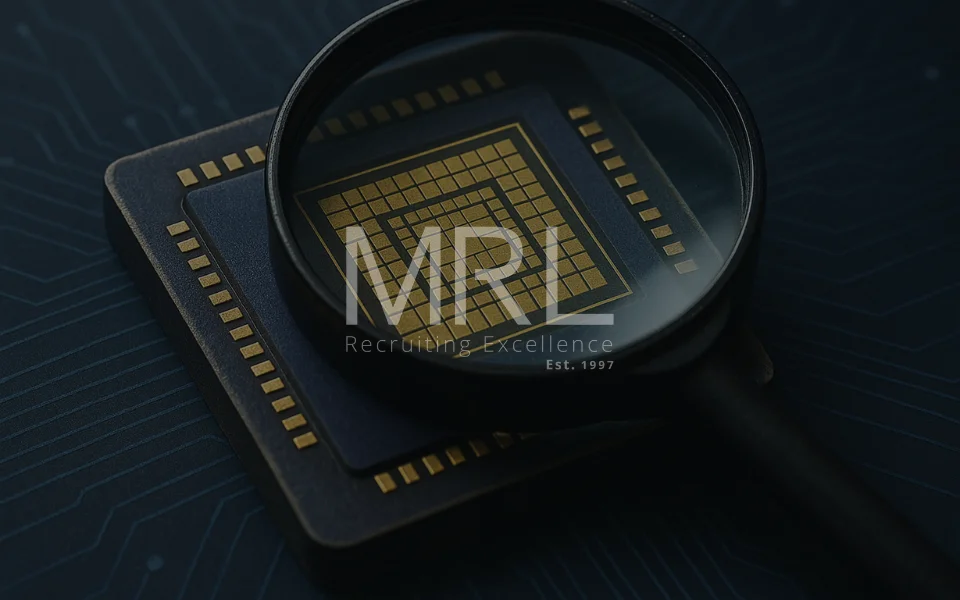What are the Newest Semiconductor Fabrication Technologies?
12 Oct, 20255 minsAs the semiconductor industry pushes past 3 nm scaling, several emerging fabrication technol...

As the semiconductor industry pushes past 3 nm scaling, several emerging fabrication technologies are redefining what’s possible in chip design, performance, and efficiency. Here’s a sharp look at the advances shaping the next decade.
Why New Fabrication Methods Matter
Shrinking transistor dimensions is becoming ever more challenging. At the same time, demands from AI, high-performance computing and low-power edge devices force innovation in how chips are designed and built. Novel fabrication techniques help overcome the physical, thermal and yield limits of classical scaling.
Key Advances in Fabrication
Extreme Ultraviolet (EUV) Lithography & High-NA EUV
EUV lithography is the backbone of current leading-edge nodes (5 nm, 3 nm). But to push below 2 nm, High-NA EUV (with a numerical aperture of 0.55) is essential — it offers finer resolution (≈ 8 nm features in single exposure) and tighter pattern fidelity.
Companies like ASML, SK hynix and imec are working on or deploying these tools.
Gate-All-Around (GAA) / RibbonFET Transistor Architectures
To control leakage and channel behaviour at nanoscale, new transistor structures move beyond FinFET. GAA, nanosheets, or RibbonFET / ribbon-channel devices are designed to scale better in the sub-3 nm regime. Intel’s upcoming “18A” node (a 2 nm-class node) uses RibbonFET + PowerVia innovations.
Backside Power Delivery & 3D Integration
Classical front-side power routing becomes limiting at extreme scaling. Backside power delivery (PowerVia) sends power through the wafer’s backside, reducing congestion and improving routing. Coupled with 3D stacking, chiplets and heterogeneous integration allow combining logic, memory and specialised blocks in compact form.
Single-Wafer Processing, Mask Innovation & Defect Control
For ultra-fine nodes, batch processing becomes less viable. Some new fabs (e.g. Rapidus in Japan) are embracing single-wafer processing, giving tighter control over defectivity and process uniformity.
Mask technology is also evolving — companies like DNP are developing next-generation photomasks and multi-electron beam mask lithography for 2 nm nodes.
Challenges & Strategic Considerations
Throughput vs cost: High-NA EUV tools are extremely expensive (~hundreds of millions USD) and have lower throughput, which raises cost per wafer.
Stochastic effects and resist limits: At very small feature sizes, randomness in photon interactions and resist behavior may degrade yield or pattern fidelity.
Choice of architecture risk: Multiple transistor architectures coexist (GAA, RibbonFET, novel devices). Committing prematurely to one may carry strategic risk.
Thermal, power, variability constraints: As devices shrink and stack, heat dissipation, variation control, and reliability become harder.
Implications for Industry Players
Foundries & fabs must prioritise acquiring or developing High-NA EUV capability, invest in mask and inspection toolsets, and build modular process roadmaps.
Design houses & EDA vendors should adapt tools to support 3D integration, multi-patterning flows, hybrid architectures, and variability-aware design.
Material and equipment suppliers are critical: innovations in resist materials, defect metrology, and mask technologies will define competitiveness.
Chip companies should plan design flexibility: allow for alternative transistor architectures, modular block-based design, and hybrid chiplet strategies.
The next wave in semiconductor fabrication isn’t just another node shrink — it’s a confluence of advanced lithography, novel transistor architectures, smarter integration, and process innovations. Those who align early with these shifts will have a technological and strategic edge. The future of chips lies not only in smaller transistors, but in smarter, more integrated process ecosystems.





